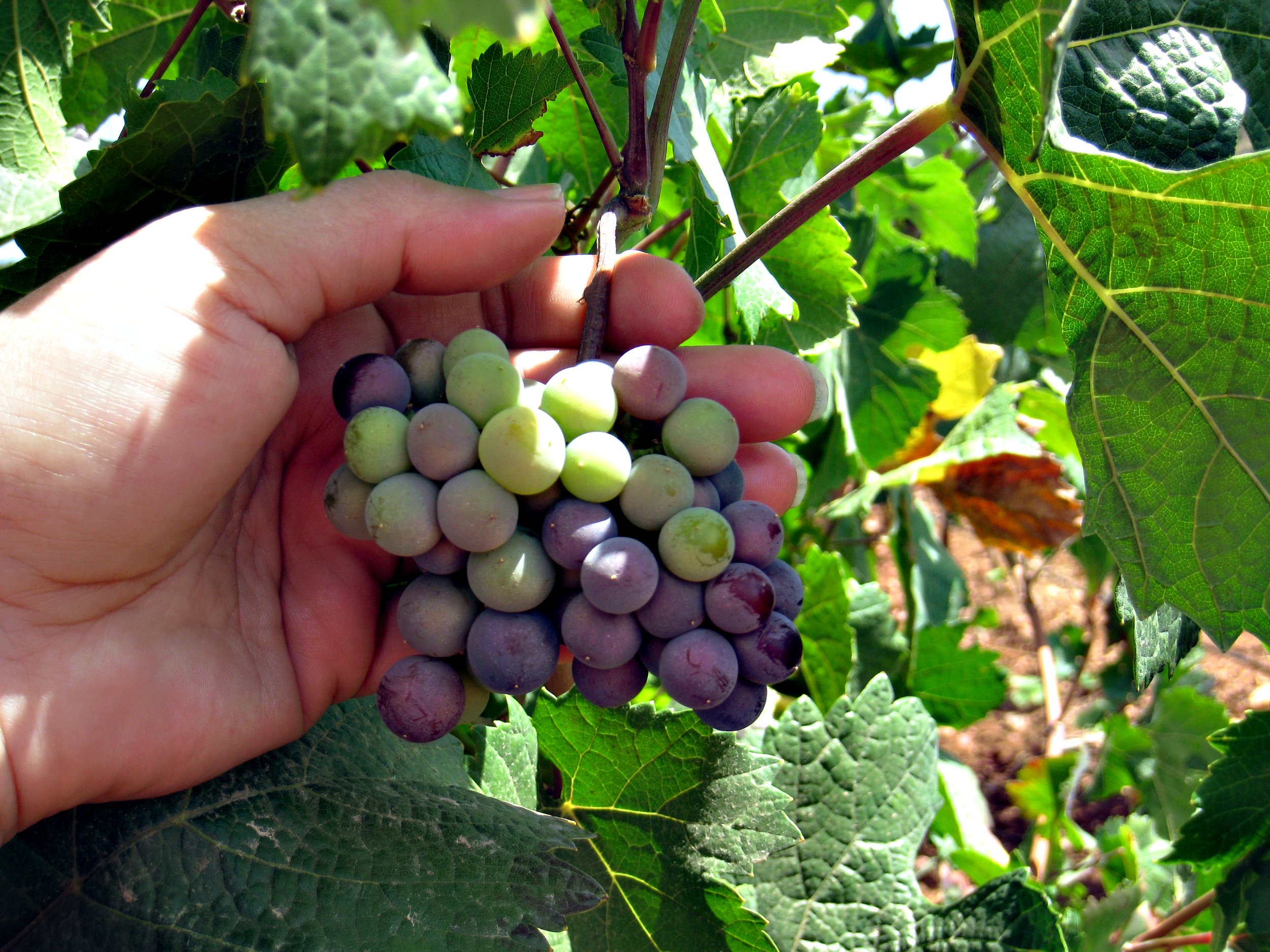Last time we examined what can be learned from looking at a wine's color. Different colors can indicate the wine's body and its age.
White wines can vary from straw white to deep brown. And, these visual clues can immediately tell you something about the wine before ever tasting it.
Very light, pale colored white wines (some even have a slight greenish tint) are going to be very light in body, meaning they will have bright, fresh fruit flavors and have refreshing acidity (i.e., makes your mouth water after drinking). The fruit flavors and clear colors are usually preserved by aging in Stainless Steel tanks. Examples may include Pinot Grigio, Sauvignon Blanc and Albariño. These wines are meant to be consumed young and well chilled.
White wines that are more of a yellow to pale golden yellow color are more medium bodied. These wines tend to also have bright fruit flavors and good acidity. Examples include Sauvignon Blanc, Chenin Blanc and un-oaked Chardonnay.
The full-bodied white wines will have boldest flavors and have deep golden colors. The deeper color comes from being aged in oak or on lees (a.k.a. sur lei). The lees are the dead yeast cells, grapeseeds, stems, pulp and tartrates (harmless tartaric acid crystals) that remaining in a barrel or tank during and after fermentation. An oaked Chardonnay is synonymous with full-bodied white wines but others include Sémillon, Viognier, Marsanne and oaked Sauvignon Blanc (a.k.a Fume Blanc).
If you come across a white wine that is orange or brown in color, you've likely found a wine that's been exposed to a lot of light or is simply heavily oxidized. If you taste it (and you should as a learning experience), an oxidized wine will have a very nutty flavor.
Dark brown wines also include Sherry and Port that are intentionally oxidized.
So, next time you are raising a glass, take a look at it first. You can learn a lot from the color of your wine. Cheers!




